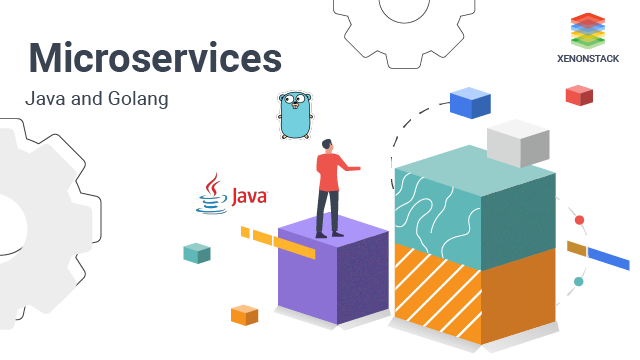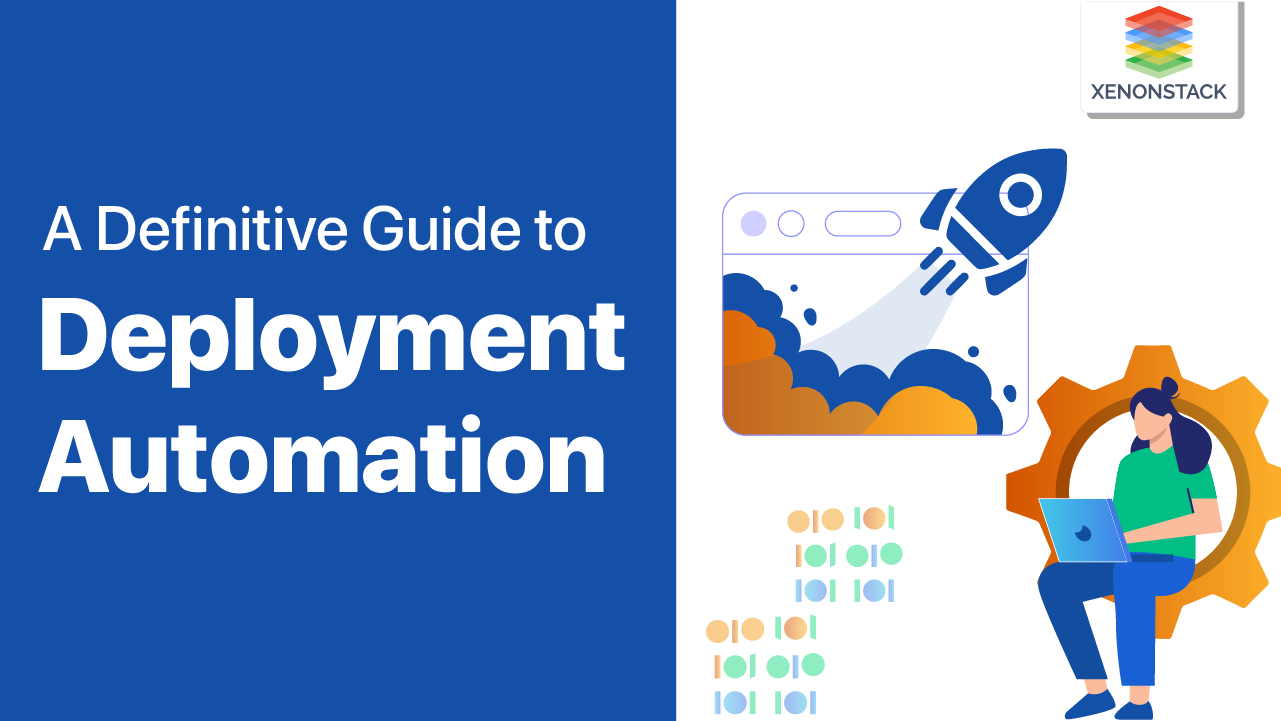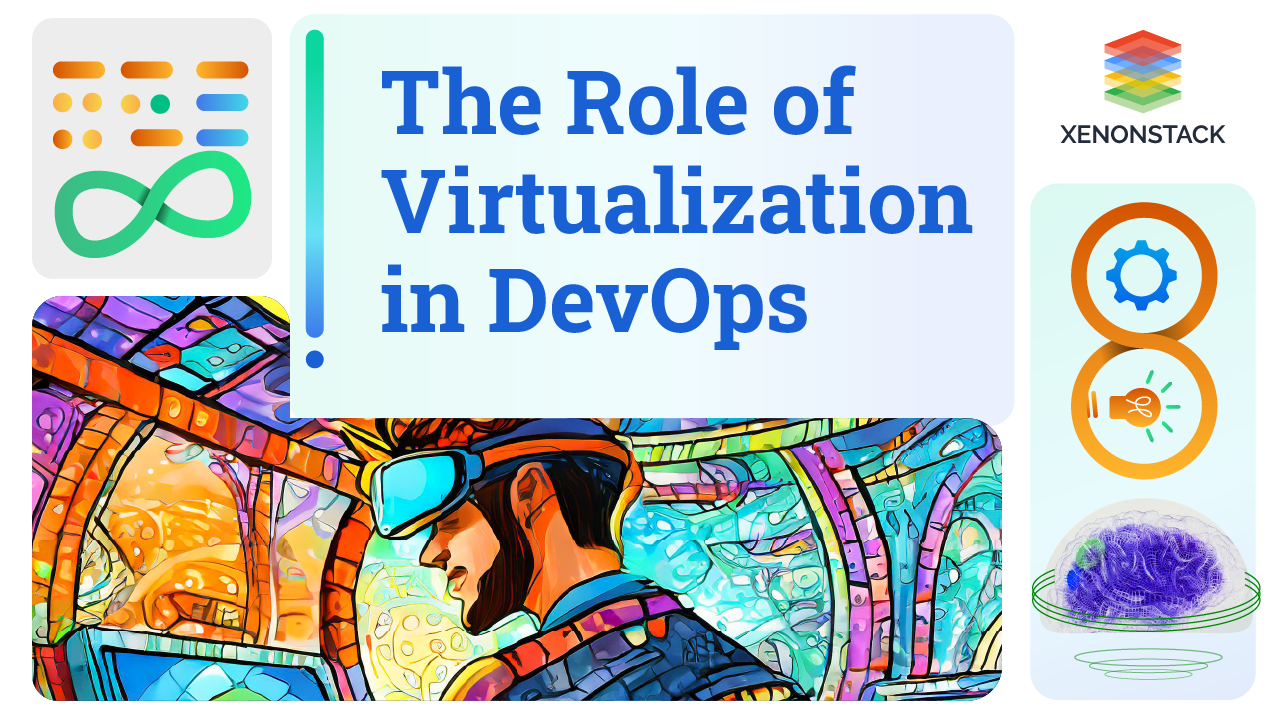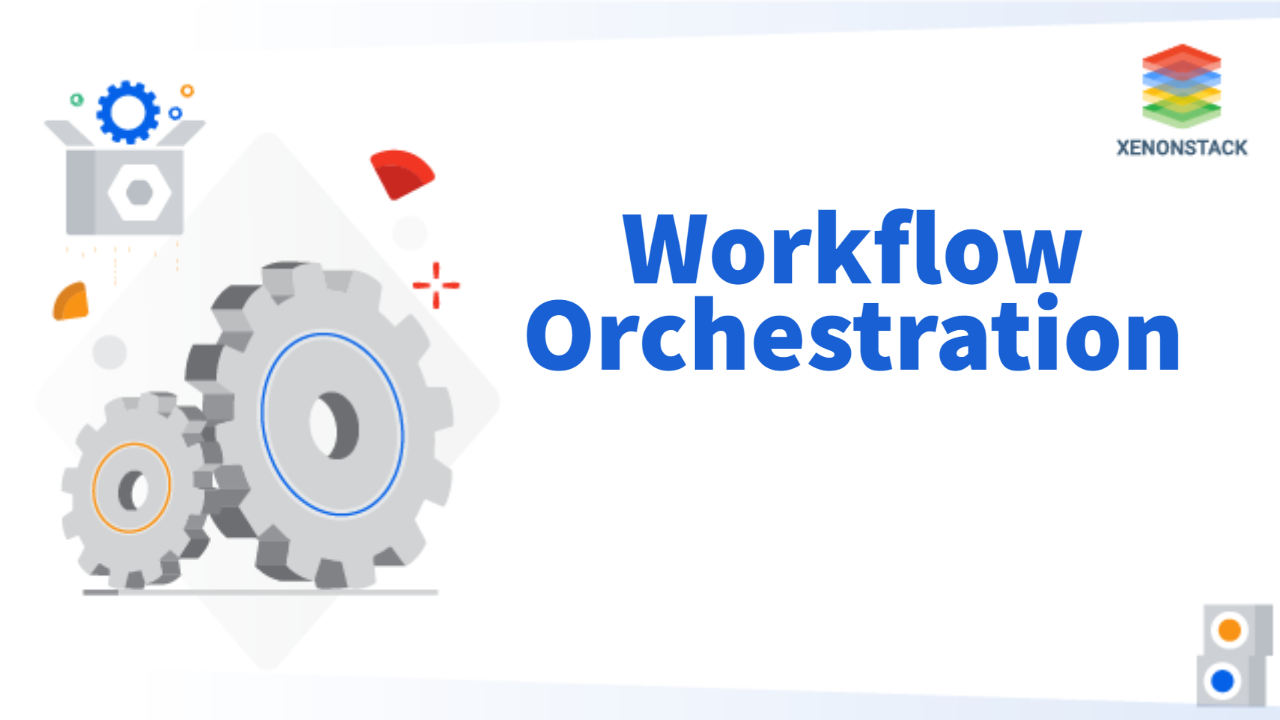
Introduction to Microservices
Microservices for Java is a distinctive method of developing software systems that focuses on building a single-function module with well-defined operations and interfaces. This trend has grown so popular in recent years as enterprises want to become more agile and move towards DevOps and continuous testing. It have many benefits for large level enterprises like Netflix, Amazon, Paypal, and other tech starters that have evolved from monolithic to its architecture.
What is a Monolithic Application?
A monolithic application means the application is built as a single autonomous unit. It makes changes to the application slow as it affects the entire system. If you need to modify a small code of code, you might require building and deploying a new version of the software. Scaling specific functions of an application means you have to scale the entire application. It solve monolithic application challenges by building an application as a small service package, each running in its process and independently deployable.
The services may be written in different programming languages. They may use different data storage techniques, which results in the development of scalable and flexible systems. It needs a dynamic makeover. These services are often connected via APIs and can leverage many of the same tools and solutions have grown in the RESTful and web service ecosystem. Testing APIs can help to validate the flow of data and information throughout the microservice deployment.
Ability to migrate parts of a system or parts of an application to new technology or to refactor it to support new requirements. Source: Why You Should Consider Microservices For Next Project?
What are the Key metrics of Microservices Architecture?
Three key metrics you should define for Microservices Architecture are:- Rate - The number of requests your services are serving per second.
- Errors - Number of failed requests per second.
- Duration - The amount of time each request takes.
Microservices for Java
It is a great language to use when developing a microservice architecture. Let us find out how? You will have to call the method inside your controller in the monolithic application and move all its helper classes to its project under source control and deploy it independently. The whole extraction process does not make the module a microservice. You will have to do two things:- Call all separately deployable services as microservices independent of domain boundaries and size.
- Focus on inter-service communication because your microservice needs ways to talk to each other.
Synchronous Communication
It is usually done via HTTP and REST- services that return XML or JSON. This is helpful when you need an immediate response.Asynchronous Communication
It is usually done through messaging with a JMS implementation or with a protocol like AMQP. This is beneficial when you do not need an immediate response.Becoming a new trend and a form of service-oriented architecture style wherein applications are built. Source: Java for Scalable Applications
Microservice for Spring Boot
Spring Boot gives you a Java application to use with your apps via an embedded server. It uses Tomcat, and you do not use it EE containers. It has all the infrastructures that your application needs. Spring boot is available for all applications, whether it is a security or any other big data application. It includes- Spring IO Platform: It is an enterprise-grade distribution for versioned applications.
- The Spring framework is for transaction management, data access, messaging, and other web apps.
- Spring Cloud: It is beneficial for deploying or building your microservices.
- The Spring Data: It is related to data access like map-reduce, relational or non-relational
- Spring Security: It is for authentication or authorization support.
- Spring REST Docs: For documenting RESTful services.
- The Spring Social: It is for connecting social media APIs.
- Spring Mobile: It is for mobile web applications.
Jersey
Jersey is an open-source framework that supports JAX-RS APIs in it and is very easy to use.Swagger
Swagger helps in documenting API as well as gives you a development portal that allows users to test their APIsRestlet
Restlet helps developers to create fast and scalable Web APIs that adhere to RESTful architecture patterns. It has good filtering and routing for Java SE, Google AppEngine, Android, and other major platforms.Going serverless lets, developers shift their focus from the server level to the task level, writing codes. Source: Java Serverless
Microservices for Golang
Go is a new language as compared to the other languages. It has many advantages as programs that are coded in it are more robust. They allow applications to withstand heavy loads with loaded services. It is more suited for multiprocessor systems and web applications. The most use of it is when an application needs to be scalable; one language can perfectly fit the criteria, i.e., Golang. The reason is its inheritance with C-family programming languages as components written in golang are easier to combine with components coded in other languages that reside in the same family class. It is much more efficient than C, C++. Frameworks used in it for Microservice Architecture.Go Micro
Go Micro is the most popular RPC framework. It is a pluggable RPC framework and has automatic service discovery, i.e., Applications are automatically registered with the service discovery system. Go Micro supports load balancing as it helps in balancing the requests between the instances of the services. It supports both synchronous and asynchronous communication modes. It has three layers, and the first layer is defined for service absorption. The second layer is a client-server model that has blocks and is useful for writing services, and the client provides an interface. The third layer has plugins, and that is:- Broker - It works as asynchronous communication and provides an interface for the messages.
- The codec used for the encryption and decryption of the messages.
- Registry - It is for a service search facility.
- Selector - Used for load balancing abstraction build upon registry.
- Transport - The channel for synchronous request communication between services.
Go Kit
Go Kit is a programming toolkit for building it. It is a library that can import as a binary package. It provides you with the packages for:- Authentication - You will get BasicAuth and JWT
- Transport - It is for HTTP, gRPC.
- Logging - It provides you interface for structured logging and services
- Metrics - Used for CloudWatch, Graphite, and others
- Tracing - Opentracing and Zipkin
- Service Discovery - For consul Eureka and others
- Circuit Breaker - For Hystrix implementation in Go
Develop an application with microservice architecture using the Spring Boot framework and then launch a local Minikube cluster. Source: Developing and Deploying Spring Boot Microservices
Gizmo
Gizmo is a microservice toolkit by the New York Times. It helps to put servers and pubsub daemons through packages. Gizmo exposes the following packages.- Server - It offers server implementations. For example: SimpleServer(over HTTP) and RPCServer(over gRPC). The kit package is based on Go Kit.
- Config - It has configurations of JSON blobs, JSON files, or environment variables
- PubSub - It provides generic interfaces for consuming data from queues and then publishes.
- PubSubtest - It contains test implementations of subscriber and publisher interfaces.
- Web - It exposes the functions for parsing from request and payload queries.
Kite
It is a framework for developing it in Go. It exposes Server packages and gRPC Clients and automatically registers with a service discovery system, Kontrol. Kontrol is written in Kite, and it’s a service itself. This means kite microservice works well within its environment.Conclusion
One of the hottest trends in backend architectures is microservices. Before the user had one (or few) large applications that did everything, called monoliths, now we have several (or many) small applications specialized in a specific domain area. It with Goland and Java present new benefits that were not found in monolithic architectures. Now the calls between different scopes of the application transcend beyond the virtual machine.
- Discover here about Deploying Java Microservices Application
- Click to read about Test Driven Development for Java using JUnit


